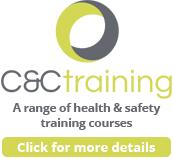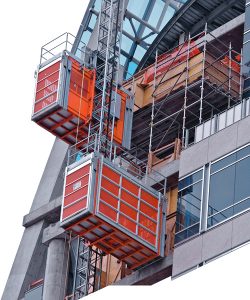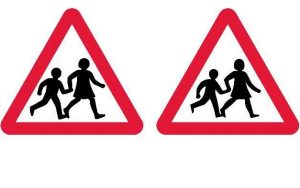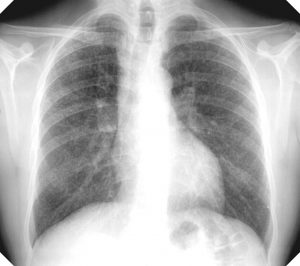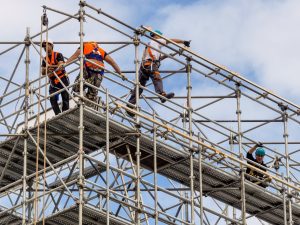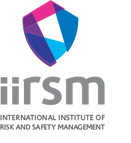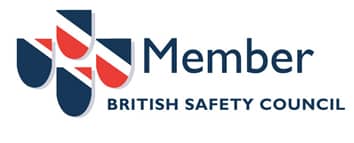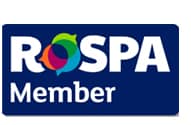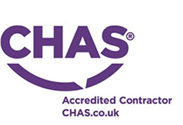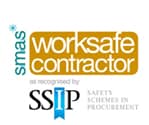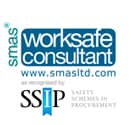The EU referendum is just a few weeks away. On 23rd June 2016, the UK public will vote on whether to remain within the EU or to leave. Our Head of Health and Safety, Matt St John, takes a look at the possible implications the vote could have on Health and Safety legislation.
“Working in the health and safety profession it’s vital to ensure we are aware of future legislative implications on health and safety in the UK. This referendum has the potential to be a huge shake up of health and safety laws in England, whichever way the dice may fall.
Some Health and Safety professionals may be tipping more towards remaining in the EU in order to protect the workforce in the fear that new UK derived rules may have the potential to be trial and error with deaths/injuries being a resulting factor. No guarantees are given, obviously!
There is a huge amount though who have yet to decide, meaning the vote can swing either way. Re-negotiations are promised to bring discussions of relaxing the burden of health and safety compliance on businesses if we decide to remain in the EU.
Potentially there could be massive benefits for employers if it swings to leave, the promoters of Brexit say this would mean less bureaucracy and restrictions on employers. There are a vast amount of health and safety laws which are either directly or indirectly imposed by the European Union, as some UK statutory legislation was created for the purpose of complying with an EU Directive.
Of course, nothing would happen overnight. Even if we vote out, there would be an evaluating period in which existing EU legislation would remain, during this it would be down to our Government to decide which bits to keep, which to amend and which to scrap entirely (if they so wished). Over the next few years to come, the general way in which health and safety is managed could look very different. Brexit says ‘common sense’ will prevail in re-shaping changes, then again, nothing is guaranteed and this we are sure of!
The key point in all of this for those that operate in the health and safety arena, is that whatever the legal framework becomes, it does not become a ‘political point scoring tool’, with focus lost on its intended purpose: to take care of the health, safety and welfare of all persons in the workplace, prevent deaths, injuries and ill health whilst at work”.



